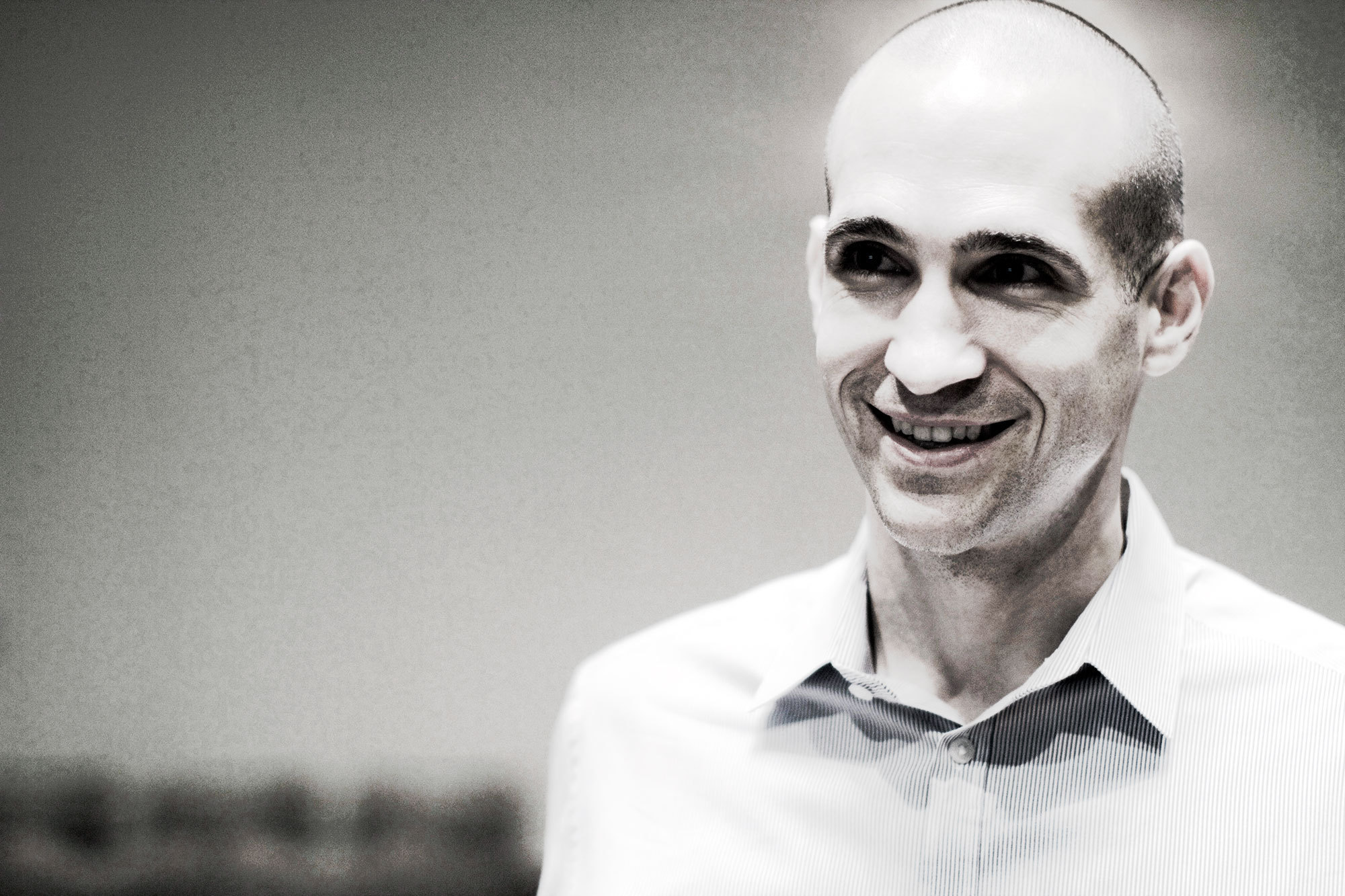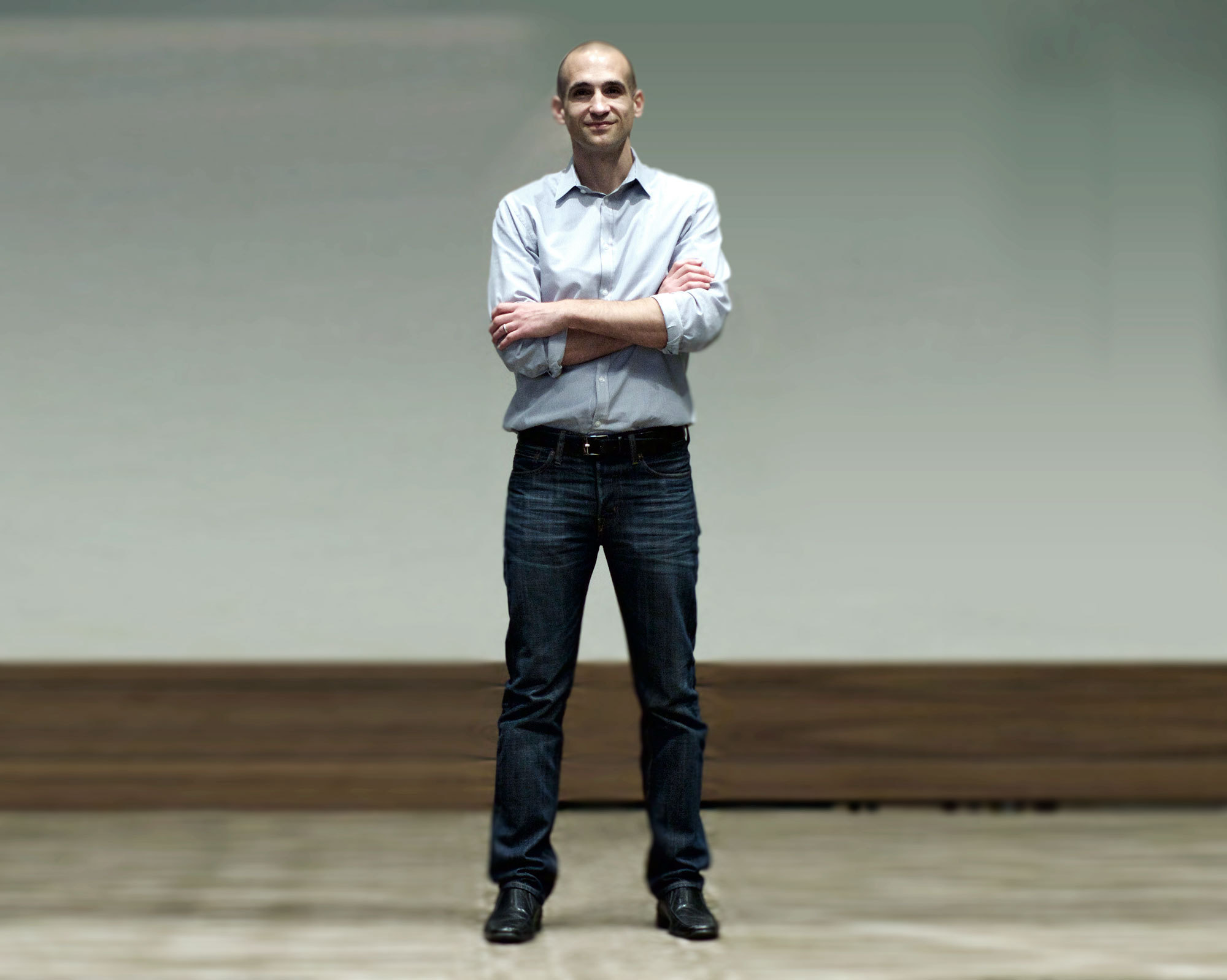Nir Eyal is the author of the book Hooked: How to Build Habit-Forming Products, which describe how we through designing for continuous cycles of triggers, actions, rewards, and investments, can build habit forming products.
I had the fortunate chance to take time out of Nir’s incredibly busy schedule, to ask him how to best get your customers hooked.
Briefly explained, Nir Eyals hook model consists of 4 steps that are connected in a looping cycle.
The 4 step hook model
- Triggers are cues to action. They tell us what to do next and they come in the form of internal and external triggers.
- Actions are the habitual behavior itself, the thing we do with little or no conscious thought.
- Rewards are the reason we do the behavior, the thing that provides psychological relief.
- Investments are things the user does to increase the likelihood of the next pass through the Hook.
They are all tied together in the Hook Model, an experience designed to connect the users problem with the product maker’s solution with enough frequency to form a habit.
External and internal triggers
Anders: You distinguish between external and internal triggers. What characterizes the process when users begin responding to internal triggers and how do you provoke it?
Nir: The premise of my book is that the products we find most engaging have a basic design pattern called a Hook. Hooks are experiences that connect users’ problems to a company’s solution with enough frequency to form a habit. Hooks are in all sorts of products we use with little or no conscious thought.

Nir Eyal explaining his 4 steep model to get users Hooked.
Over time, customers form associations that spark unprompted engagement, in other words, habits. They move from needing external trigger like ads and other calls to action, to self-triggering through associations with internal triggers.
Use of the product is typically associated with an emotional pain point, an existing routine, or situation. For example, what product do people use when they’re feeling lonely and seek connection? Facebook of course! What do we do when we feel uncertain? We Google! What about when we’re bored? Many people open YouTube, Pinterest, check sports scores, or stock prices — there are lots of products that address the pain of boredom.
In the four step process I describe in Hooked, I detail how products use hooks to create these powerful associations. Hooks start with a trigger, then an action, then a reward, and finally an investment. Through successive cycles through these hooks, user habits are formed.
Definition of habit
Ha · bit – a behavior done with no or little conscious thought
The hook model outside social software
Anders: You explain how recurring external triggers such as notifications help start a new loop in the hooked cycle. Notifications makes sense in social software, but what are examples of products that get people hooked via recurring external triggers on products that aren’t part of our social sphere?
Nir: External triggers are all around us. These are cues that provide the information for what to do next. Signs that direct our attention. Vending machines that tell us what to buy. Stores designed to get us to spend. Salespeople prompting us to action. All of these things (and more) give us the information and the impulse to do what’s next.


1 comment
Kim Baker on Jun 14, 2015
Already read Nir’s book 3 times. It’s def. worth a read – or two!
Comments have been closed